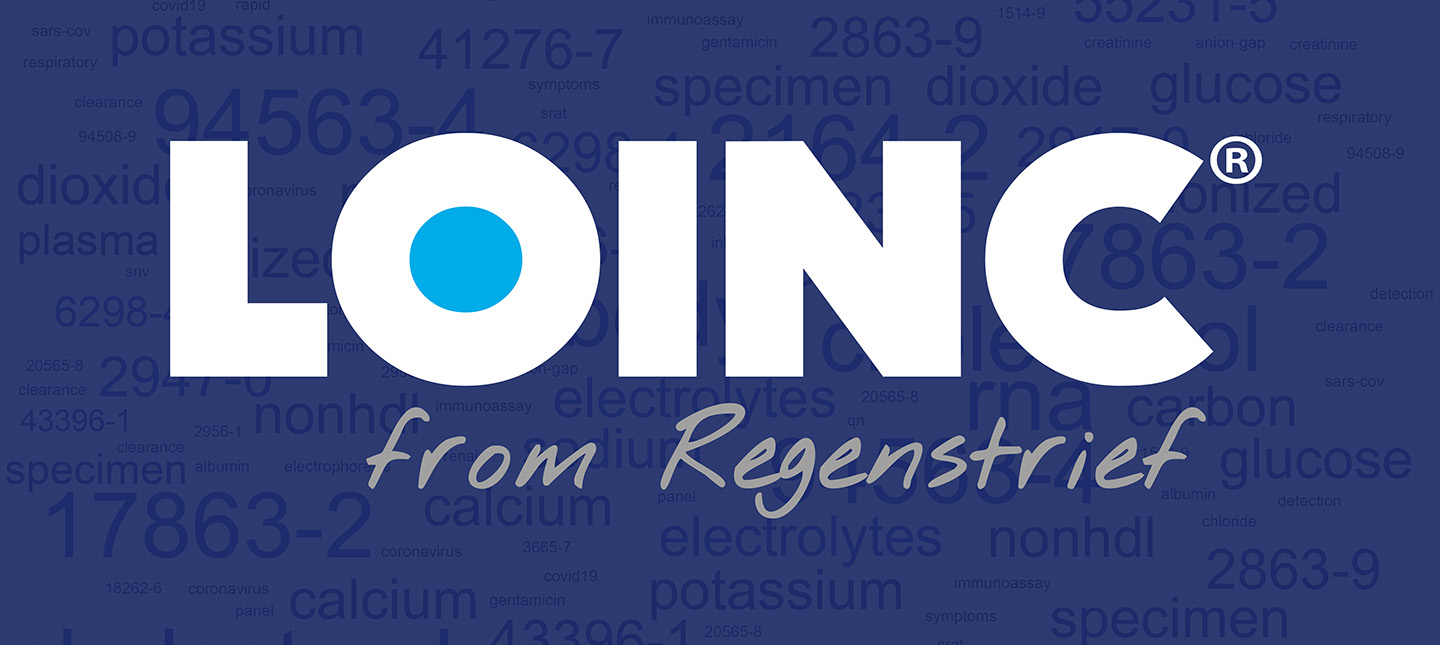Long-stay nursing home residents experience frequent transfers to the hospital. Dispelling the assumption that as individuals age and become more frail, higher rates of transfer from nursing homes to hospitals occur, a groundbreaking study from the Regenstrief Institute and Indiana University School of Medicine shows that residents younger than age 60 experience twice the transfer rate of residents age 80 and older.
Transfers from a nursing home to a hospital are stressful for residents and their families, increase care costs, and may lead to unintended consequences such as hospital-acquired infections, as well as cognitive and functional decline. But how age predicts transfers was not previously well understood.
“It is estimated that about one in six long-stay nursing home residents in the United States is younger than age 65,” said Wanzhu Tu, PhD, of the Regenstrief Institute and IU School of Medicine, who led the new study. “Knowing and understanding age-specific rates of hospital transfers, as we now do, could support benchmarks for care provision and help in the design of targeted strategies to reduce hospital transfers that better recognize and address the diverse needs of nursing home residents of different ages, especially younger residents.
Using state-of-the-art analytic methods, the researchers determined that annual rates of hospital transfers actually decreased with age, although not in a linear fashion. Transfer rates were the highest in the younger-than-60 group; rates declined slowly between 60 and 80 and then the decrease in transfer rates accelerated after 80.
The researchers reported that residents younger than age 60 had a different clinical profile than older residents, with the younger residents experiencing more sepsis, daily pain, anemia and being more likely to require dialysis or tube feeding. Older residents were more likely to have cognitive decline, dementia and diabetes. Older residents were also more likely to have advance care planning instructions reflecting preferences for comfort care rather than aggressive treatment.
Data from 2015-2016 on long-stay nursing home residents ages 19 to 103 were collected during a study called OPTIMISTIC (an acronym for Optimizing Patient Transfers, Impacting Medical Quality and Improving Symptoms: Transforming Institutional Care), a $30.3 million Regenstrief Institute-Indiana University School of Medicine project funded by the Centers for Medicare and Medicaid Services (CMS) aimed at reducing avoidable hospital transfers. OPTIMISTIC reduced relative risk of potentially avoidable hospitalizations by 33 percent and relative risk of all hospitalizations by 19 percent, producing a net savings of $3.4 million in Medicare expenditures in the first four years of the project.
“There is a significant population of younger people cared for in nursing homes and little is known about them and how best to tailor quality improvement programs to meet their needs,” said study co-author Kathleen Unroe, M.D. of Regenstrief Institute and IU School of Medicine. “This paper highlights some key differences in the nursing home population by age.”
“Age-specific rates of hospital transfers in long-stay nursing home residents” is published online ahead of print in Age and Ageing by Oxford University Press on behalf of the British Geriatrics Society. Authors, in addition to Drs. Tu and Unroe, are Regenstrief Institute and IU School of Medicine researchers Nicole R. Fowler, PhD; Jennifer L. Carnahan, M.D., MPH; Greg A. Sachs, M.D.; Susan E. Hickman, PhD, as well as Ruohong Li, PhD, former IU School of Medicine graduate student; Timothy E. Stump, M.S. of IU School of Medicine and Justin Blackburn, PhD, MPH, of IU Richard M. Fairbanks School of Public Health. Dr. Hickman also holds an appointment with the IU School of Nursing.
Study research was supported by Centers for Medicare and Medicaid Services (CMS) grant 1E1CMS331488.
About Wanzhu Tu, PhD
In addition to his role as a research scientist at Regenstrief Institute, Wanzhu Tu, PhD, is a professor of biostatistics and health data science at Indiana University School of Medicine and the Richard M. Fairbanks School of Public Health at IUPUI.
About Kathleen Unroe, M.D., MHA, M.S.
In addition to being a research scientist at Regenstrief Institute, Kathleen Unroe, M.D., MHA, is an associate professor at Indiana University School of Medicine and a practicing geriatrician.
About Regenstrief Institute
Founded in 1969 in Indianapolis, the Regenstrief Institute is a local, national and global leader dedicated to a world where better information empowers people to end disease and realize true health. A key research partner to Indiana University, Regenstrief and its research scientists are responsible for a growing number of major healthcare innovations and studies. Examples range from the development of global health information technology standards that enable the use and interoperability of electronic health records to improving patient-physician communications, to creating models of care that inform practice and improve the lives of patients around the globe.
Sam Regenstrief, a nationally successful entrepreneur from Connersville, Indiana, founded the institute with the goal of making healthcare more efficient and accessible for everyone. His vision continues to guide the institute’s research mission.
About IU School of Medicine
IU School of Medicine is the largest medical school in the U.S. and is annually ranked among the top medical schools in the nation by U.S. News & World Report. The school offers high-quality medical education, access to leading medical research and rich campus life in nine Indiana cities, including rural and urban locations consistently recognized for livability.









